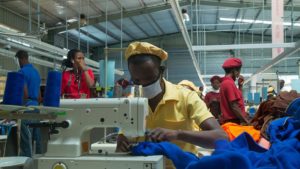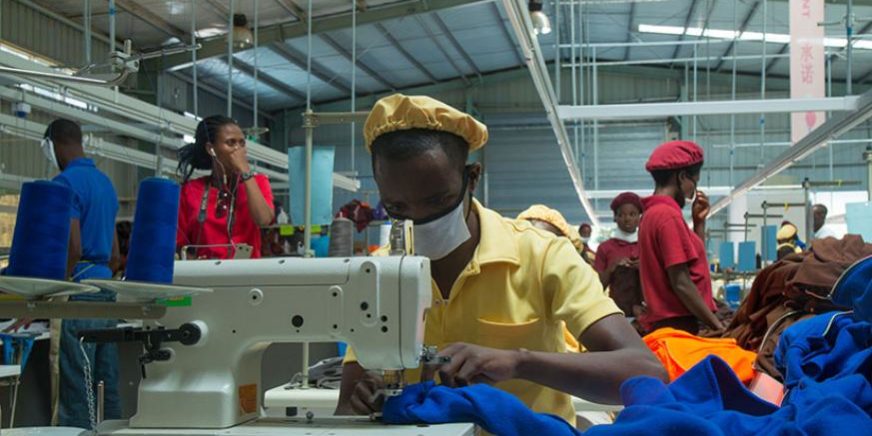
By Emmanuel Kanamugire
The Private Sector Federation (PSF) has registered over 400 local exhibitors to attend Made in Rwanda expo, in its fifth edition set to take place at Gikondo expo ground on November 21-December 4, 2019.
So far exhibitors need at least 800 stands as some have booked two or more but the number of exhibitors may increase as there is a waiting list.
Speaking at the press conference ahead of the opening of expo, Faustin Karasira, Chief Operations Officer in the Private Sector Federation, says the exhibitors are in sectors like ICT, agro-processing, textile and garments, mining, telephone, creative industry among others.
He said “the film industry in Rwanda will attend the expo for the first time, and the Private Sector Federation together with the Ministry of Trade and Industry have organized a National Business Forum that will bring together private sector and partners to discuss the way to increase production of locally made products, quality and standards, research development, innovation and branding.”
The National Business Forum will take place on December 3, in Kigali.
To address the problem of inaccessibility of some made in Rwanda products on the market, the Government of Rwanda will put much effort in campaigns targeting the manufacturers to boost the productivity and do the marketing, Samuel Kamugisha, the Director of Industry and Entrepreneurship Department in the Ministry of Trade and Industry, said.
Made in Rwanda is the initiative of the Government of Rwanda aiming at reducing the trade deficit. It was launched in 2015 and now it has a secretariat which oversees its progress.
In 2017 the Government through the Ministry of Trade and Industry launched the Made in Rwanda policy set to contribute to the country’s efforts to upscale local manufacturing. Made in Rwanda Policy is a holistic roadmap aimed at increasing competitiveness by enhancing Rwanda’s domestic market through value chain development.
According to the Trade Ministry, since the launch of Made in Rwanda campaign, Rwanda’s total exports have increased by 69 percent, from nearly $559 million in 2015 to nearly $944 million in 2017 while the total imports decreased by 4%, from nearly $1.849 billion in 2015 to more than $1.772 billion in 2017.






